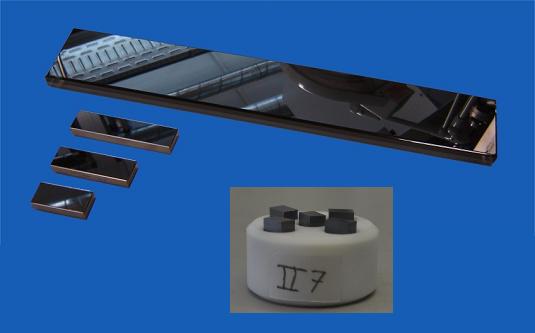
Integral reflectivity vs. resolution:

Integral reflectivity vs. resolution for crystals and various multilayer types. High resolution (HR) multilayer connect typical multilayer (resolution ~1-3%) and crystals (<0.1%), depth graded multilayers factor total reflecting optics.
